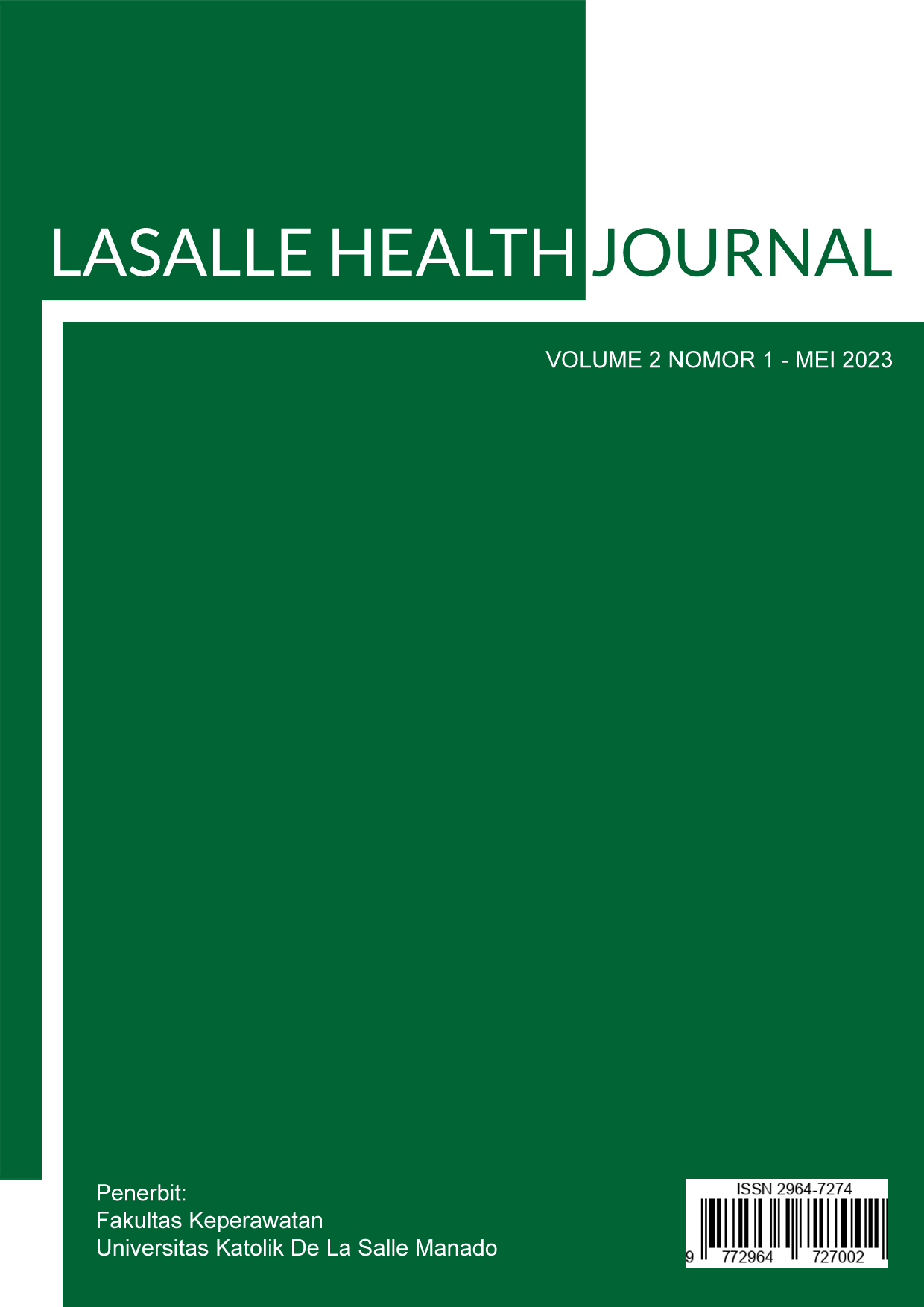SELF-EFFICACY REMAJA DALAM PEMBELAJARAN LURING DAN DARING
Keywords:
Online Learning, Adolescents, Self-efficacyAbstract
Introduction: Since carrying out online learning in various countries, one of which is in Indonesia, various negative and positive factors have been found for school-age youth regarding their learning process so that the government issued policies for offline learning or mixed online and offline learning where through this it can be seen whether their self-efficacy or self-ability during online and offline learning increases or decreases. Objective: To analyze differences in adolescent self-efficacy in online and offline learning at SMA Negeri 1 Kawangkoan, Minahasa Regency. Method: Quantitative research with an observational research design through an analytic study with a case control approach, where the case group is youth with online learning and the control group is youth learning offline. The population taken in this study were all 20 students in class XI MIPA 1 SMA N 1 Kawangkoan using the total sampling method, where 10 students studied online and 10 students studied offline. The time of the research was February-August 2022. The instruments used were self-efficacy questionnaires for online learning and self-efficacy for offline learning. Results: Through a comparative statistical test paired sample T-test; Teenagers' Self-Efficacy in Online and Offline Learning shows that the value of Sig (2-tailed) = 0.000 where the value of Sig (2-tailed) ≤ 0.05, which means there is a significant difference between the two variables. Conclusion: There is a significant difference between adolescent self-efficacy in online learning offline learning at SMA Negeri 1 Kawangkoan.



